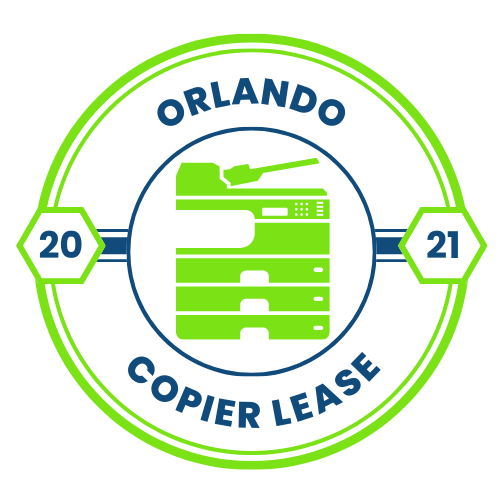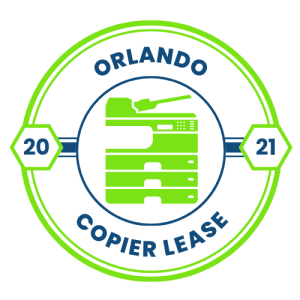Printing plays a pivotal role in the creation of diverse printed products, with each technique offering unique effects, benefits, and challenges. Understanding the nuances of these methods is crucial for selecting the ideal approach for your next project. This blog post provides an in-depth exploration of five key printing techniques, helping you make an informed decision for optimal results.
1. Offset Lithography: The Versatile Choice for High Volume
Offset lithography, or offset printing, stands out as a popular choice for mass production. Utilizing aluminum printing plates, each bearing an image of the content to be printed, this technique excels in durability and versatility. The image is first transferred to rollers or rubber blankets, and then to the print media, which can vary widely.
One of the main advantages of offset lithography is the longevity of the printing plates, as they don’t directly contact the print material. This technique is particularly effective for both small and large print jobs, ensuring consistent high-quality images. Its ability to print on a variety of media, from smooth paper to textured canvas, adds to its flexibility.
2. Digital Printing: Modern, Efficient, and Ideal for Small Runs
Encompassing methods like inkjet and laser printing, digital printing stands at the forefront of modern printing techniques. It eliminates the need for printing plates, with images sent directly to the printer via digital files. This approach is not only time-efficient but also cost-effective for smaller quantities.
Digital printing allows for on-demand printing and quick turnaround times. Ideal for small-volume jobs, it enables businesses to order as few as one print, making it a budget-friendly option without compromising on print quality.
3. Large Format Printing: Making a Big Impact
Large-format printing is designed to handle the widest possible print roll widths, setting it apart from other techniques like digital printing. This method is about creating a significant visual impact, using rolls of prints fed sequentially to produce a large, continuous sheet.
Ideal for building wraps, billboards, banners, and murals, large-format printing is the go-to choice for substantial print media. It allows businesses to produce eye-catching displays that can be wall-mounted, folded, or stand-alone.
4. Flexography: The Modern Letterpress for Irregular Surfaces
Flexography, a modern version of letterpress, is adept at printing on uneven surfaces and is suitable for high-volume jobs. Utilizing semi-liquid, fast-drying inks, it employs flexible photopolymer printing plates mounted on rotating cylinders. The rapid rotation of these plates transfers the image onto the print media, creating a slightly raised image.
5. 3D Printing: Bringing Digital Designs to Life
Since the 1980s, 3D printing has revolutionized the way we conceptualize manufacturing and design. Using digital model data, it constructs objects of various sizes and shapes through additive processes. Modern 3D printers can create intricate items with moving parts, layering minuscule slices of a special plastic to bring CAD designs to life.
Consulting Experts for Optimal Printing Solutions
Selecting the right printing technique involves careful consideration of factors like cost, production time, and material durability. At Orlando Copier, we specialize in guiding businesses through these choices, ensuring you find the printing solution that best fits your needs. Our expertise covers the spectrum of printing techniques, and we are dedicated to helping you navigate these options effectively. Contact us at (888) 977 4487 for a consultation and take the first step towards achieving your printing goals with confidence.

